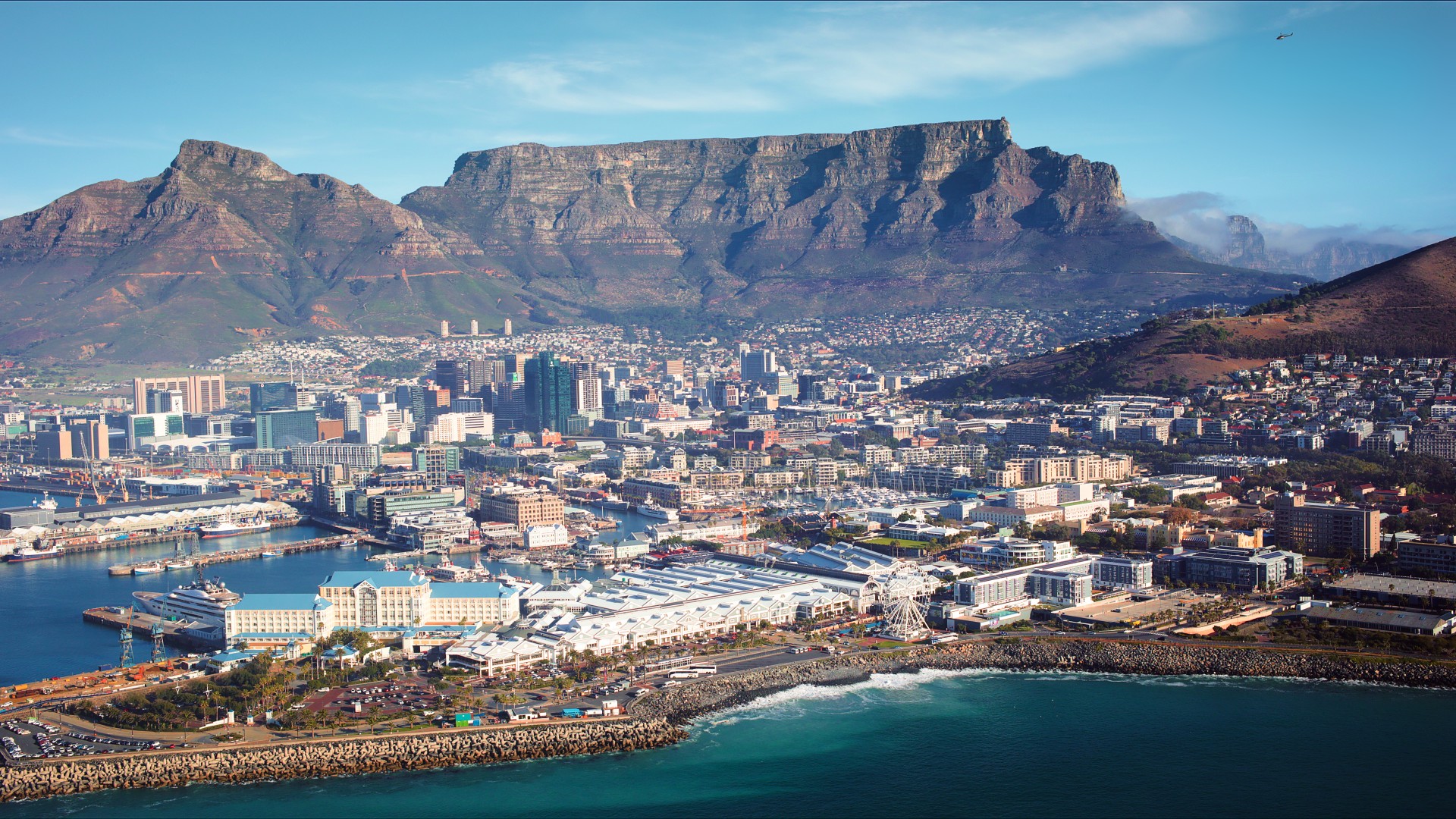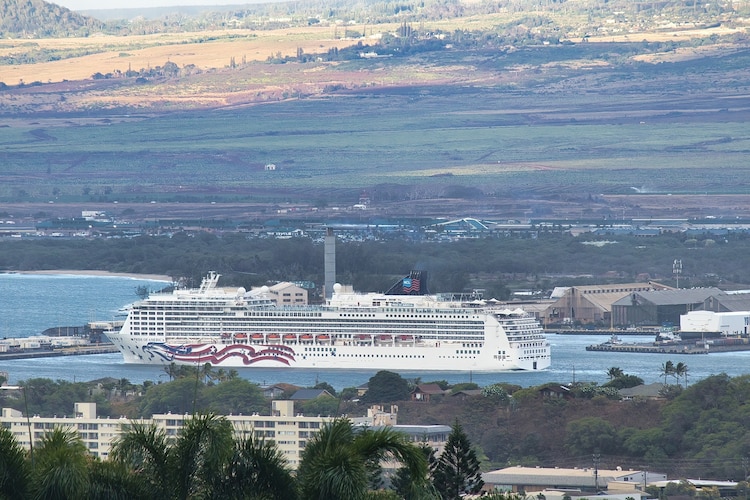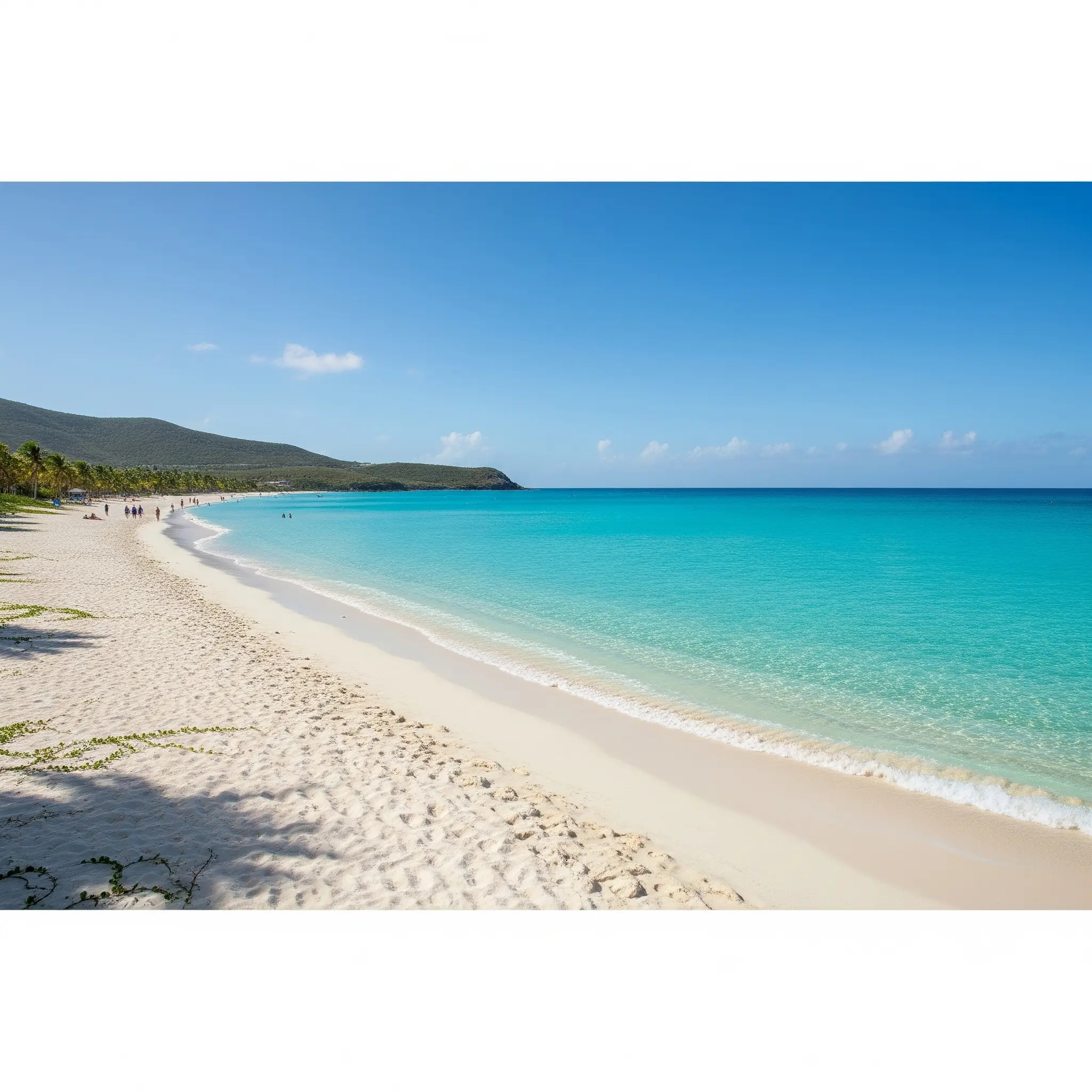
Table of Contents
Africa is a continent brimming with natural beauty, rich culture, and fascinating history. From the vast savannas of the Serengeti to the vibrant markets of Marrakech, Africa offers an incredible range of experiences for travelers. As global tourism trends shift, African destinations have seen a surge in popularity, especially as more people seek unique and sustainable travel experiences. In this article, we’ll explore some of the best destinations in Africa, each with its own charm and significance, and examine how these places continue to impact local communities and the tourism industry.
1. Cape Town, South Africa: A Blend of Nature and Culture

Cape Town is one of Africa’s most iconic cities, where the natural beauty of its surroundings meets rich cultural heritage. Situated at the southern tip of the continent, Cape Town boasts breathtaking landscapes, including the famous Table Mountain and the scenic beaches along the Cape Peninsula.
Why Visit Cape Town?
- Table Mountain: One of the New7Wonders of Nature, Table Mountain offers panoramic views of the city and the surrounding coastline. Whether you hike up or take the cable car, this iconic landmark is a must-see.
- Robben Island: The site where Nelson Mandela was imprisoned for 18 years, Robben Island is a UNESCO World Heritage site that offers a profound historical experience.
- Vibrant Culture: Cape Town is known for its cosmopolitan atmosphere, with numerous galleries, museums, and cultural festivals. The city’s diverse culinary scene is also a big draw for foodies.
Impact on Local Communities
Cape Town’s tourism sector plays a significant role in the local economy. The influx of visitors has helped create jobs and improve infrastructure. However, the city faces challenges with over-tourism, and there’s growing emphasis on sustainable tourism practices. By promoting eco-friendly initiatives, Cape Town is striving to balance development with environmental conservation.
2. Marrakech, Morocco: A Journey Through Time

Marrakech, one of Morocco’s four imperial cities, is a sensory overload of sights, sounds, and smells. From its bustling souks to the tranquil courtyards of its ancient riads, Marrakech offers a fascinating glimpse into the past while embracing modernity.
Why Visit Marrakech?
- Jemaa el-Fnaa: The heart of Marrakech, this vibrant square is a UNESCO World Heritage site where visitors can experience the city’s lively atmosphere with street performers, food stalls, and traditional markets.
- Majorelle Garden: Designed by French painter Jacques Majorelle, this botanical garden features vibrant blue buildings, exotic plants, and fountains, providing a peaceful retreat from the bustling city.
- Historical Landmarks: The Koutoubia Mosque, Bahia Palace, and Saadian Tombs are just a few of the many historical sites that add to Marrakech’s allure.
Impact on Local Communities
Marrakech’s tourism industry is a vital part of Morocco’s economy. Local artisans thrive through the sale of traditional crafts such as carpets, jewelry, and leather goods. However, the growing number of visitors has raised concerns about preserving the city’s unique character. There are efforts to promote responsible tourism that supports local businesses while minimizing the environmental footprint.
3. Serengeti National Park, Tanzania: The Wildlife Capital
The Serengeti is synonymous with Africa’s incredible wildlife and is one of the most famous national parks in the world. Located in Tanzania, it is renowned for its annual migration of over 1.5 million wildebeest, which is considered one of the Seven Natural Wonders of the World.
Why Visit Serengeti?
- The Great Migration: One of the most spectacular natural phenomena, the Great Migration sees millions of wildebeest, zebras, and gazelles cross the plains in search of fresh grazing land.
- Big Five Safari: The Serengeti is home to Africa’s Big Five (lion, leopard, elephant, buffalo, and rhinoceros), making it a prime destination for wildlife enthusiasts and photographers.
- Scenic Beauty: The endless savannahs, dotted with acacia trees and rivers, offer stunning vistas that are a photographer’s dream.
Impact on Local Communities
Tourism in the Serengeti supports numerous local initiatives, including wildlife conservation and community development programs. The revenues from park entrance fees help fund anti-poaching efforts and provide employment opportunities for local people. However, there are ongoing debates about the balance between preserving wildlife and allowing for sustainable tourism development.
4. Victoria Falls, Zambia/Zimbabwe: The Mighty Waterfall
Victoria Falls, located on the border between Zambia and Zimbabwe, is one of the largest and most awe-inspiring waterfalls in the world. Known as “The Smoke that Thunders,” this natural wonder is a must-see for travelers seeking both adventure and natural beauty.
Why Visit Victoria Falls?
- Breathtaking Views: The falls are a UNESCO World Heritage site and offer stunning views from various vantage points. During the rainy season, the falls are at their most powerful, creating a mist that can be seen from miles away.
- Adventure Activities: For thrill-seekers, Victoria Falls offers bungee jumping, white-water rafting, and helicopter tours for an adrenaline rush like no other.
- Nearby Attractions: Explore the nearby Zambezi River, go on a wildlife safari in the surrounding national parks, or visit the local markets for unique crafts and souvenirs.
Impact on Local Communities
Tourism has brought significant economic benefits to both Zambia and Zimbabwe, particularly through job creation in hospitality, guiding, and transport services. However, the heavy tourism traffic also poses challenges to the local environment, prompting the need for sustainable tourism practices that protect both the falls and the surrounding ecosystems.
5. Zanzibar, Tanzania: A Paradise Island
Zanzibar, an archipelago off the coast of Tanzania, is a paradise of pristine beaches, crystal-clear waters, and rich cultural history. It offers a perfect combination of relaxation and exploration.
Why Visit Zanzibar?
- Beaches: Zanzibar is famous for its stunning beaches, with white sands and turquoise waters ideal for swimming, snorkeling, and diving.
- Stone Town: A UNESCO World Heritage site, Stone Town is a labyrinth of narrow streets filled with historical buildings, spice markets, and charming cafes.
- Spice Tours: Zanzibar is often referred to as the “Spice Island” due to its history as a major spice producer. Take a spice tour to see where cloves, cinnamon, and other spices are grown.
Impact on Local Communities
Tourism is a key industry in Zanzibar, providing jobs in hospitality, transport, and local crafts. The government has also invested in infrastructure development to support the growing tourism sector. As in other parts of Africa, there is an ongoing effort to ensure that tourism benefits the local population while protecting the environment.
6. Pyramids of Giza, Egypt: Wonders of the Ancient World
No visit to Africa would be complete without a trip to Egypt’s Pyramids of Giza. These ancient wonders have captivated travelers for centuries and continue to be one of the most significant archaeological sites in the world.
Why Visit the Pyramids of Giza?
- The Great Pyramid: Built for the Pharaoh Khufu, the Great Pyramid is the largest and oldest of the three pyramids and is one of the Seven Wonders of the Ancient World.
- Sphinx: The enigmatic Sphinx, with the body of a lion and the face of a Pharaoh, stands guard near the pyramids and is an iconic symbol of Egypt.
- Egyptian Museum: Located in Cairo, the Egyptian Museum houses a vast collection of artifacts, including the treasures of Tutankhamun.
Impact on Local Communities
The tourism industry surrounding the Pyramids of Giza is vital to Egypt’s economy, providing jobs for thousands of people. However, the high volume of tourists has led to concerns about preservation and environmental degradation. The Egyptian government is actively working on restoration projects and implementing sustainable tourism practices.
7. Maasai Mara, Kenya: A Wildlife Lover’s Dream
Located in southwestern Kenya, Maasai Mara is part of the larger Serengeti-Mara ecosystem and is one of Africa’s best wildlife reserves. Known for its abundant wildlife and stunning landscapes, it’s a favorite destination for safari-goers.
Why Visit Maasai Mara?
- Great Migration: Like the Serengeti, the Maasai Mara is also a prime location for witnessing the Great Migration, where millions of wildebeest and other animals make their way across the plains.
- Big Five: The Maasai Mara is home to the Big Five and offers excellent opportunities for game viewing, especially during the dry season when animals gather around waterholes.
- Cultural Experience: The Maasai people, known for their distinct culture and colorful clothing, live in the region and offer visitors a chance to learn about their traditions and way of life.
Impact on Local Communities
The Maasai Mara’s tourism benefits local communities through employment and revenue-sharing initiatives. The region has also become a leader in community-based conservation, where local Maasai communities are actively involved in protecting the environment and wildlife.
Conclusion
Africa is an incredibly diverse and dynamic continent that offers something for every type of traveler. Whether you’re drawn to the wildlife-rich plains of the Serengeti or the historical allure of the Pyramids of Giza, Africa’s top destinations are sure to leave a lasting impression. As tourism continues to grow, it’s essential for travelers to embrace sustainable practices to help preserve the continent’s natural and cultural treasures for future generations.
From breathtaking landscapes to rich cultural heritage, these destinations highlight the beauty and significance of Africa. As we look ahead, Africa’s tourism industry is poised for further growth, and with it, the opportunity to positively impact local communities and protect the continent’s invaluable resources.









